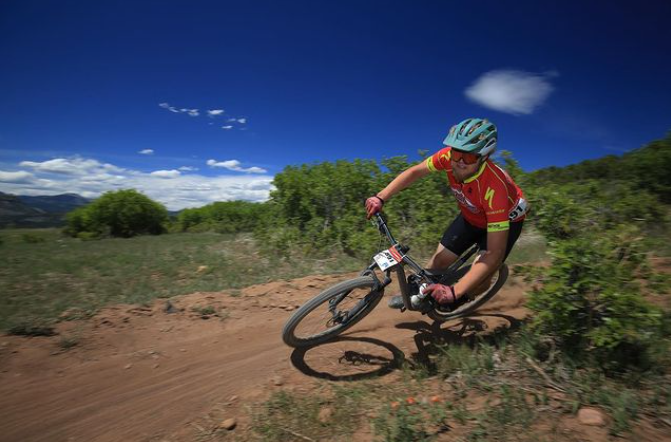Bike Perfect's predictions and tech trends for 2021
We take a look at the tech trends to watch as the bike industry moves forward to 2021
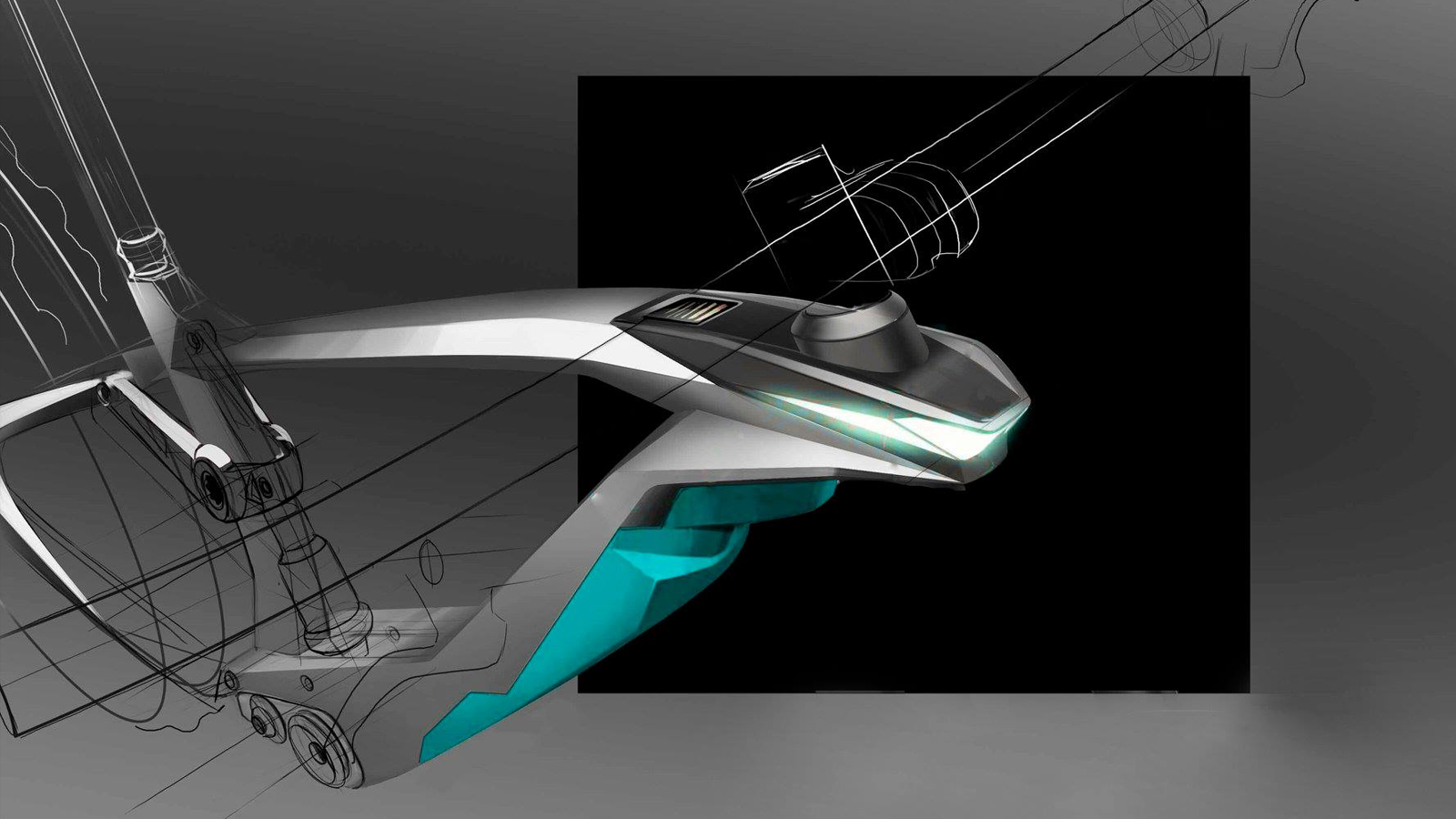
It’s been a long year since January 1st, 2020, and it’s an understatement to say that a lot has happened in the world, let alone the bike industry.
One year is not a long time in the grand scheme of things. When a product is released, it could have been in development for who knows how many years but, every year, products are released and new technology is unveiled that pedals the bike industry forward.
Here’s a look forward to the tech and bike industry trends that we predict will be a big deal this year.

1. Mountain bikes continue to evolve
With so many different mountain bike categories, bike designers are continually blurring the lines between disciplines. What exactly is a cross-country, or enduro, or trail bike anymore? With cross-discipline blending in mind, we think cross-country and trail bikes are going to be the most exciting categories to watch this year.
Cross-country race bikes are getting “racier” but not in the traditional sense as engineers are designing cross-country bikes that are even more capable at railing the descents. Bikes like the Specialized Epic EVO made 2020 the year of the downcountry bike which saw the blurring of the lines between XC race bikes and trail bikes. We think downcountry will continue to establish itself in its own right, offering a fast yet fun cross-country experience and fill the gap that trail bikes originally filled before they started becoming more capable.
Another area that will be interesting to watch is the enduro bike category. Enduro bikes have been getting longer, slacker and lower with more travel. But where’s the ceiling to this trend, and where do enduro bikes go from here? We predict that geometry numbers will plateau, and engineers will focus on improving things like frame construction, storage integration and suspension design.
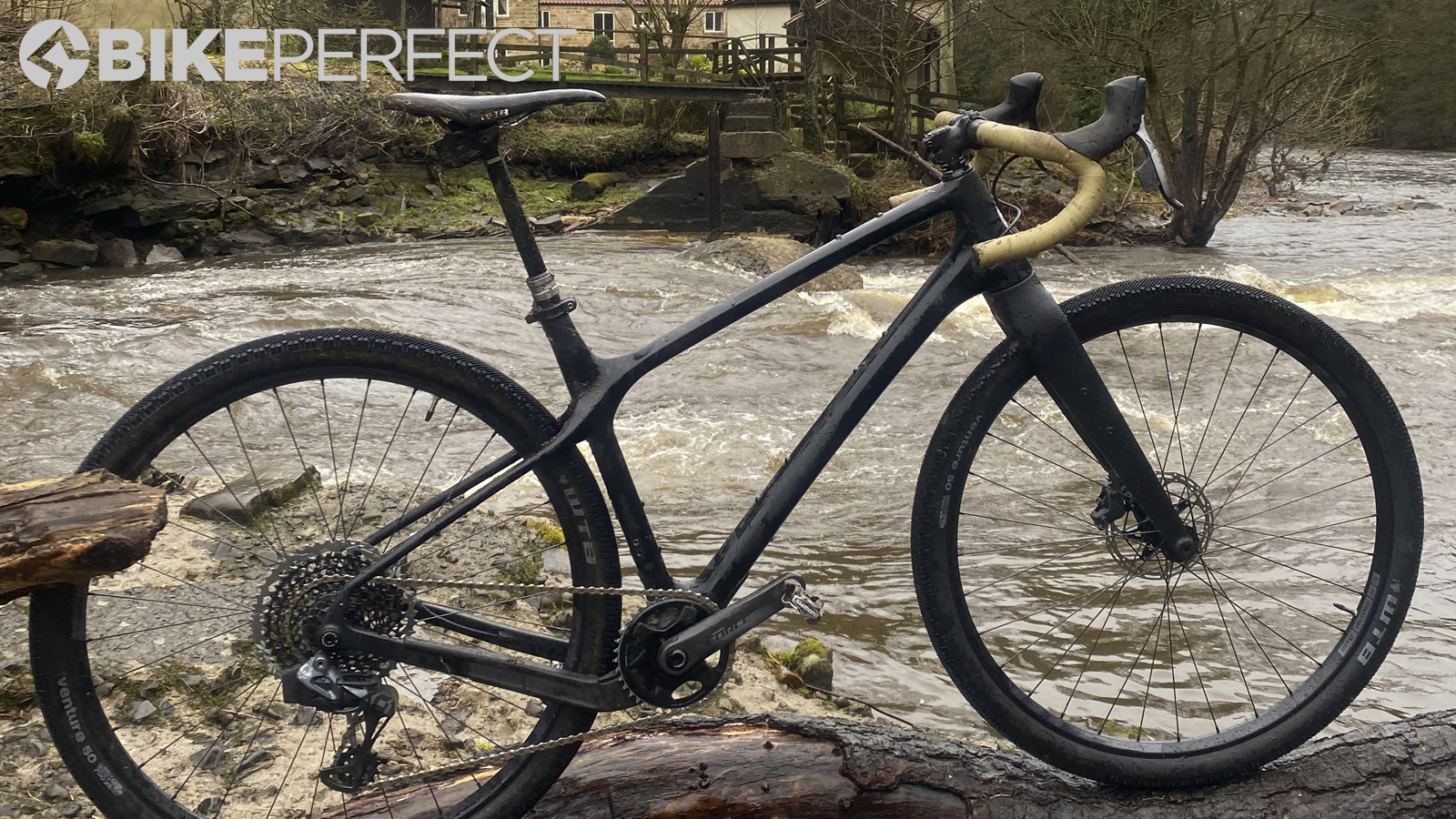
2. More gravel bikes
There are already multiple styles and disciplines of gravel riding, and I think this year will see brands continue to define these categories of gravel riding and design bikes to fit in them. For example, some gravel bikes, such as the Cervelo Aspero, are more geared towards riders looking for a stiff, fast bike that is reminiscent of a road bike, while others are slacker and more comfortable on singletrack, like the Evil Chamois Hagar. The gravel bike world is even starting to see some interesting concepts, like the Specialized Diverge EVO or Marin DSX, which have flat bars. And since COVID-19 has made international travel unpredictable and spurred people to take on staycation adventures, we think there will be further demand for more gravel bikes to be designed with bikepacking in mind.
Unfortunately for gravel fans, we don't think the '90's mountain bike comparison' will go away in 2021.
3. Tire inserts become mainstream
Tubeless tires have become an industry standard, and in recent years tire insert systems have grown in popularity. Products like CushCore allow riders to run lower tire pressures without having to worry about flats or rim strikes, which leads to more traction and vibration dampening on the trail. We hope more brands come up with their own tire insert systems to solve the perpetual problem of flat tires, although it is unlikely that we will see any bikes coming off the shelf with tire inserts yet.
Tire inserts are no also starting to creep into the gravel scene as well. As tires and rims get wider and lower pressures are experimented with we are expecting to see an increase in gravel-specific inserts as riders look for the perfect balance of grip and protection.
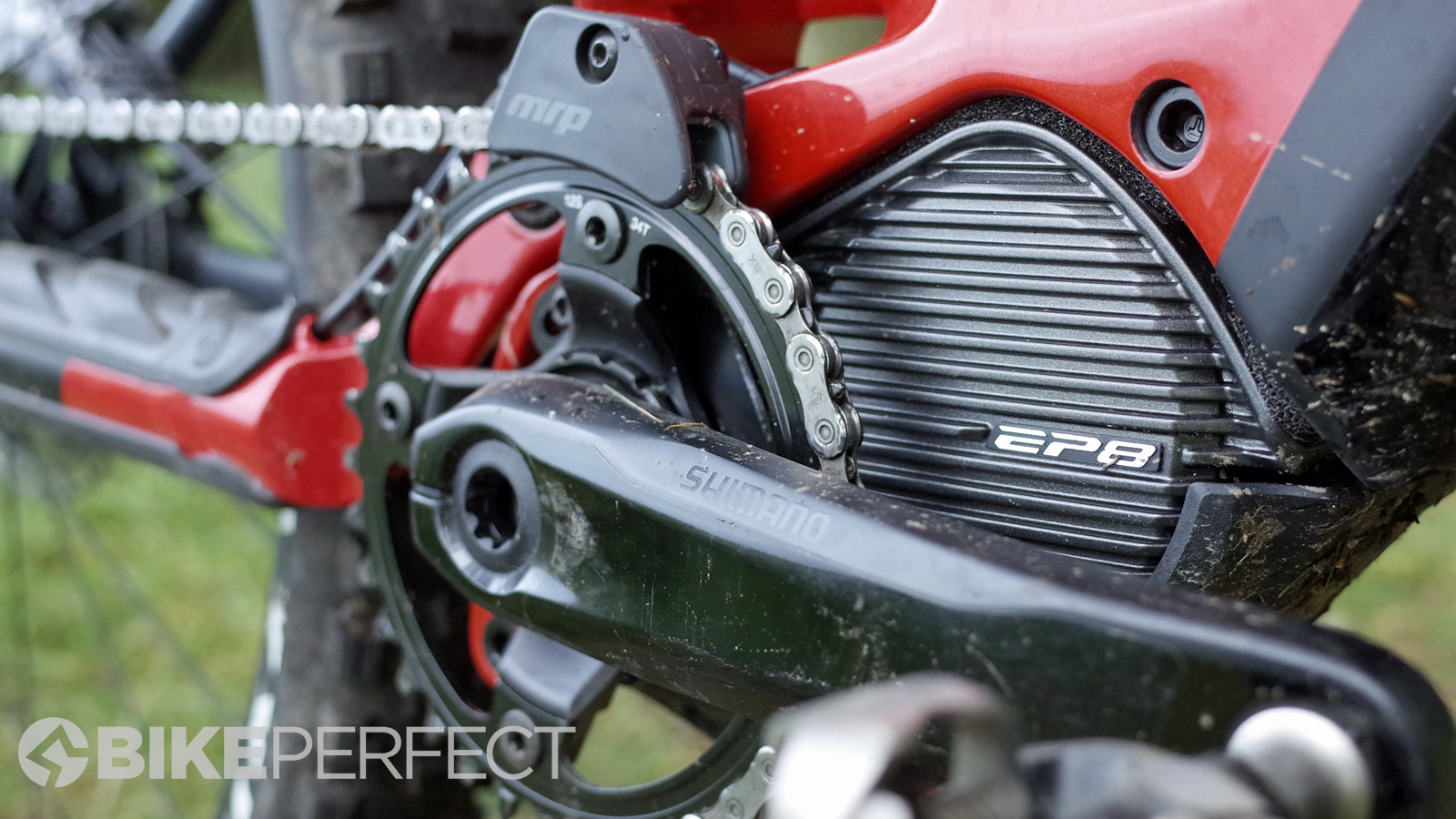
4. More e-MTBs
One of the biggest innovations and trends in recent years has been the development and adoption of e-bikes by brands and riders. E-bikes are a great solution to help new riders get into the sport of mountain biking or for experienced riders with time constraints to get in more laps. Brands will no doubt continue to innovate in the e-MTB space, and we are expecting advances in a few specific areas. For starters, we expect e-MTBs will get lighter and improvements in battery technology will produce more range. We also think it would be great if they could become cheaper, the best budget e-MTB's offer an important access point for new e-MTB riders.
Alongside that, it will be interesting to see what kind of e-MTBs are produced in the future. Will we see more long-travel e-MTBs, like the Specialized Turbo Kenevo, or what about cross-country e-MTBs, like the Trek Powerfly?
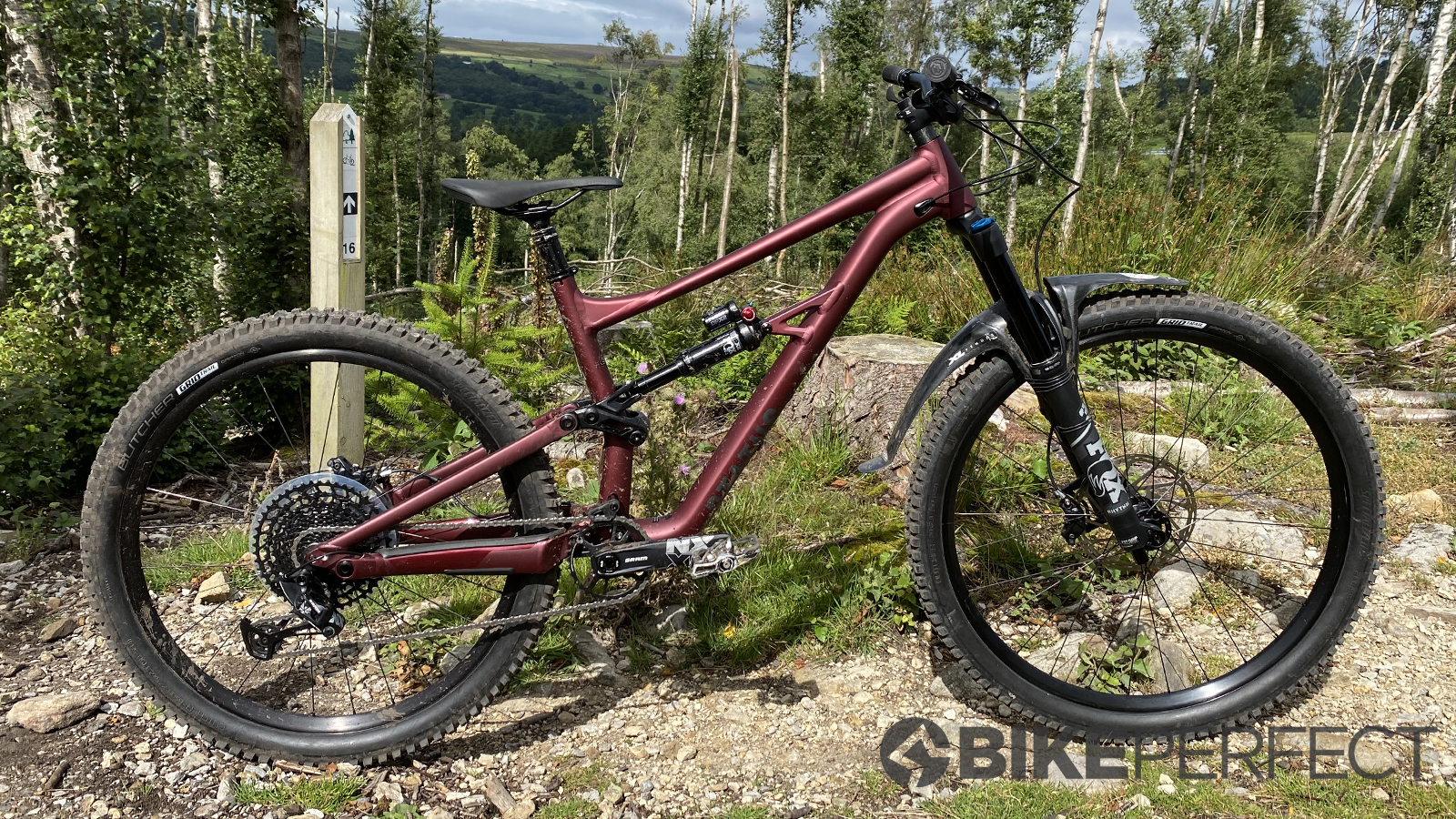
5. Wheel size and mullets
It seems that bike companies are landing at 29-inch wheels as somewhat of a standard for trail and enduro bikes. But some have been experimenting with mullet setups. Even World Cup downhill racers are claiming that a mullet setup is the fastest. The mullet, with a 29-inch wheel in front and a 27.5-inch wheel in the back, allows for great roll-over ability and long wheelbases while maintaining a snappy cornering feel. We expect more bikes will come compatible with a mullet set-up, whether it's designed as a mullet only or in the form of a suspension flip-chip that accommodates both wheels sizes at the back.
6. Pandemic impacts
There’s a slew of trends spurred on by the COVID-19 pandemic. First of all, the bike industry continues to struggle with supply chain issues. Bike shop shelves were picked dry due to an influx of interest in the sport of cycling as well as manufacturing and supply chain delays. It will continue to be a challenge for bike companies to keep products in stock and flowing through the supply chain.
Related, there has been an influx of new riders into our sport. How will the bike industry welcome them and keep them engaged? Certainly, brands will be motivated to keep new riders interested in the sport and therefore spending more money on bike-related products. More cyclists mean more fun for everybody, more eco-friendly commuters, and probably less arguing on social media.
Mountain biking is an expensive sport but budget gear is undouble better than ever, groupsets like Shimano's very affordable Shimano Deore groupset show that you don't need to spend huge amounts of cash to hit the trails. With the current growth in cycling, we anticipate that brands are going to increase their focus on the budget market to capture this influx of new riders.
Finally, the pandemic has led city planners to be more bike-friendly. When cities and countries shut down this past spring, people were looking for more space to do outdoor activities. That led cities to close streets to cars and build more bike infrastructure. Some cities, like Paris, will make this infrastructure permanent in order to make their city less car-dependant. Some cities, however, did not follow Paris’ lead. We hope that more cities catch on to the bike-friendly trend, making our cycling lives easier and safer.
Ryan Simonovich has been riding and racing for nearly a decade. He got his start as a cross-country mountain bike racer in California, where he cultivated his love for riding all types of bikes. Ryan eventually gravitated toward enduro and downhill racing but has also been found in the occasional road and cyclo-cross events. Today, he regularly rides the trails of Durango, Colorado, and is aiming to make a career out of chronicling the sport of cycling.
Rides: Santa Cruz Hightower, Specialized Tarmac SL4
